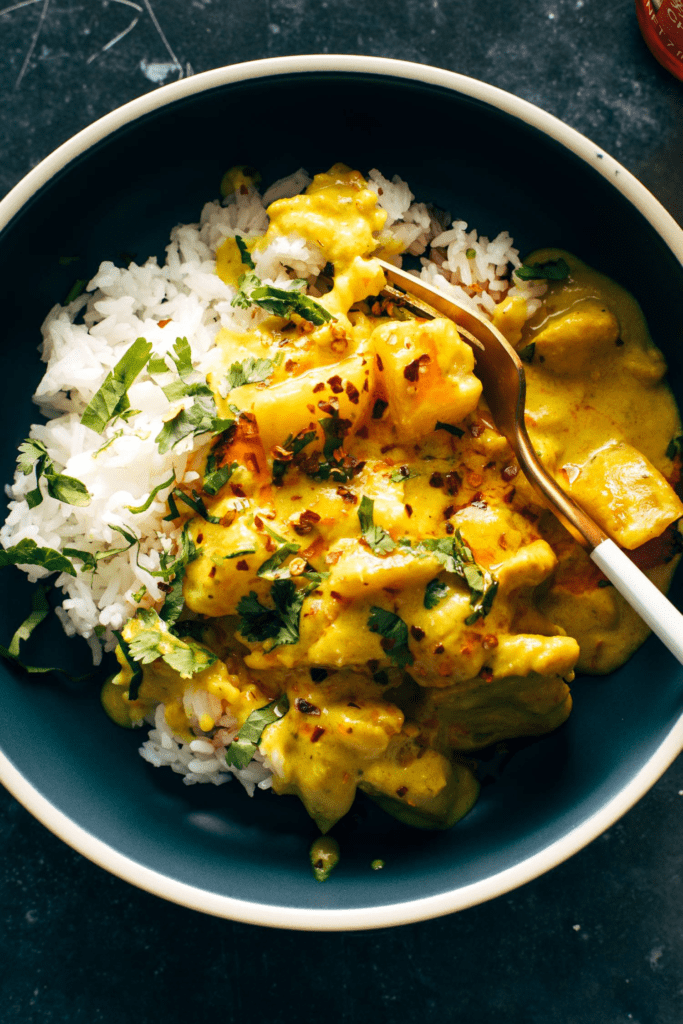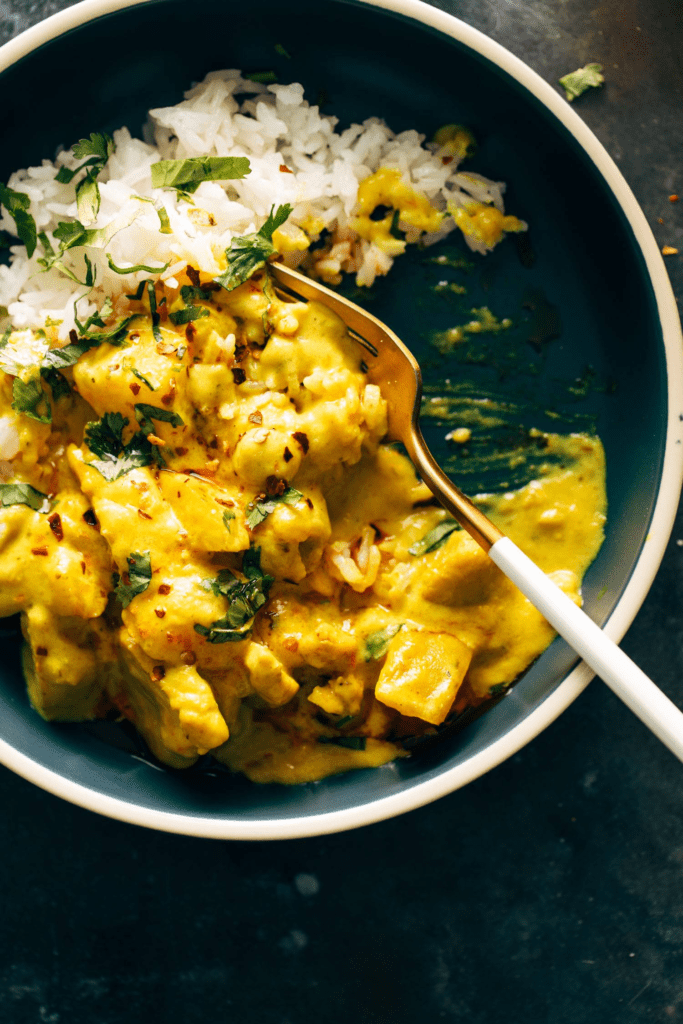“Letters from Thailand” narrates the tale of Tan Suang U, a young man who departs from China with aspirations to seek his fortune in Thailand after the conclusion of World War II. As his life unfolds, he not only marries and raises a family but also establishes a thriving business. The novel is presented in the form of letters written by Tan Suang U to his beloved mother back in China.
Within the vibrant accounts of Tan Suang U’s daily experiences in Bangkok’s bustling Chinatown, deeper and more profound themes come to light. These include his unwavering determination to succeed in a foreign culture, his aspirations for his family’s future, his frustration at the way his children readily embrace Thai urban culture at the expense of their cherished Chinese heritage, his struggles to comprehend and assimilate into Thai customs, and his increasing sense of detachment from a rapidly changing society.
With the book taking place in Thailand, and the main character learning to adjust to its customs and culture, the book really makes you feel like you’ve ventured to Bangkok. I thought I’d share a delicious yellow curry recipe to help you dive into Letters from Thailand.
Incredibly smooth and rich, courtesy of the coconut cream, you can adjust the heat to your preference and bring your Thai-inspired yellow curry fantasies to life. Perfectly savory with a hint of sweetness, served over a warm bed of fluffy rice. Absolutely, a resounding yes to this delight immediately.
Essential Ingredients
Everything you require to create your own delicious batch of golden yellow curry paste can be found here [link]. Beyond that, the list of ingredients is refreshingly simple, nearly reaching the simplicity of a 5-ingredient recipe.
- Curry paste
- Boneless, skinless chicken breasts (chicken thighs are a great alternative)
- Golden potatoes
- Onion
- Coconut cream
- Optional but highly recommended: fish sauce & brown sugar, with rice & cilantro for garnish! (We’ve grouped these to highlight how we were *just a whisker away* from a 5-ingredient lineup)
Making This Yellow Curry
With your curry paste ready, creating this delightful dish is remarkably straightforward, perfect for a weeknight meal.

Sauté: Begin by heating a skillet or a large pot, and sauté the onions over medium heat until they’re aromatic. Add the chicken and curry paste next, allowing them to mingle and cook together. Then, introduce the potatoes to the mix.
Simmer: Add the rich coconut cream and a splash of water, letting everything simmer gently until the chicken and potatoes are thoroughly cooked.
Stir: Enhance the flavors with a dash of fish sauce and a hint of brown sugar, stirring to combine everything beautifully.
Serve: Spoon it over fluffy, hot rice and prepare to fall deeply in love with each bite.
What’s the Difference Between Thai and Indian Curry?
Indian Curry is typically a blend of spices and herbs such as turmeric, cumin, coriander, and ginger, combined with either vegetables or meat in a rich sauce, often based on coconut milk or tomatoes. It’s traditionally served alongside rice, flatbread, or other sides. Thai curry, on the other hand, is characterized by its aromatic spiciness. Thai curry comes in several varieties, each distinguished by the color of the curry paste it employs.The most common types of Thai curry are green, yellow, and red.
To learn more about the different types of curry, read our article on The Differences Between Thai Curry and Indian Curry.
Exploring Homemade Curry Paste
Finding yellow curry paste can sometimes feel like a scavenger hunt in our usual shopping spots. Green and red pastes are abundant, but that elusive golden variety seems to play hide and seek. So, it looks like making our own yellow curry paste is the way forward. While it might require a bit of effort to prepare, the payoff is a generous batch ready for whenever the craving hits – even if that means curry for breakfast! (And trust us, cold curry as a pre-breakfast snack is a game-changer. Absolutely worth it.)
The process begins with roasting key aromatics – think a generous amount of garlic, along with ginger and shallots. Next, you’ll soften some Thai chilis in water, adjusting the heat to your liking. After that, it’s as simple as blending everything together and storing it in a jar. Voilà, you’ve got homemade curry paste whenever you need it!
Incorporating More Vegetables
Looking to ramp up the nutritional value of this already fantastic dish? Here are some easy ways to pack in more veggies:
– Toss in some frozen vegetables directly into the pan alongside the chicken, potatoes, and curry sauce. Frozen peas and carrots are great options for a quick addition.
– Consider roasting or sautéing additional vegetables separately, such as fresh green beans or broccoli, to serve as a flavorful side.
– Complement the curry with a fresh side salad for a refreshing contrast and an extra veggie boost!
This recipe is wonderfully adaptable. The classic chicken and potato pairing is a hit, but feel free to swap in tofu or any other vegetables you have in the fridge. If coconut milk is all you have, it’s a suitable substitute; you might just need to tweak the amount of liquid to achieve the desired thickness. However, for that ultimate indulgence in velvety, sumptuous creaminess, coconut cream is the key ingredient. It’s a game-changer, promising no regrets.
It’s a delightful concoction of richness and creaminess that’s surprisingly simple to make, offering that sought-after takeout comfort food experience right at home. Perfect for any day of the week when you’re craving something special. Absolutely delicious.
Thai Yellow Chicken Curry – Frequently Asked Questions
How hot can I expect the yellow curry to be?
The beauty of homemade curry paste is the control it offers over the spice level. To dial down the heat, simply use fewer dried Thai chili peppers in your paste—try 5 instead of 20, for example.
How do yellow, red, and green curries differ?
Originally, the distinction was based on the color of the chilies used: yellow chilies for yellow curry, red for red curry, and green for green curry. As recipes evolved, additional ingredients like lemongrass and kaffir lime leaves in green curry, or turmeric in yellow curry, have further differentiated them. But historically, it’s the chilies that defined their colors.
Is coconut milk a viable alternative to coconut cream?
Yes, coconut milk can be used, though you may need to adjust the added water to achieve your desired sauce thickness. However, coconut cream will elevate the dish’s richness and flavor.
What are some other protein options?
Beef is an excellent alternative, as seen in similar beef curry recipes. For a plant-based version, tofu or chickpeas are fantastic options.
How can I incorporate more veggies?
Adding frozen peas right into the pan with the chicken is a simple way to boost the veggie content, or you could sauté green beans to serve as a complement.
Can this dish be made vegetarian or vegan?
Definitely! Replace the chicken with tofu for a vegetarian or vegan version, and for a strictly vegan dish, make sure to omit the fish sauce.
Recipe
Thai Yellow Chicken Curry with Potatoes Recipe! This dish features tender chicken, hearty golden potatoes, savory onion, rich coconut cream, all brought together with a sensational homemade yellow curry paste.

For the yellow curry
- 1 tablespoon avocado oil
- half a yellow onion, sliced thinly
- 1 pound boneless skinless chicken breasts, cut into bite-sized pieces
- 1/4 cup yellow curry paste
- 10 baby golden yukon potatoes, cut into halves or bite-sized pieces
- one 14-ounce can unsweetened coconut cream or coconut milk (see notes)
- 1/2 – 1 cup water or broth
- a heavy pinch of salt
- 2 teaspoons fish sauce (optional)
- 1–2 tablespoons brown sugar (optional)
For serving
- 1/4 cup chopped cilantro for serving
- 2 cups uncooked jasmine rice
Start by heating some oil in a large pot on medium-low heat. Sauté the onions for a few minutes until they become aromatic and tender. Then, introduce the chicken and curry paste to the pot, sautéing for another 3-5 minutes. Mix in the potatoes, ensuring they’re well-coated with the curry paste.
Pour in the coconut cream and about 1/2 cup of water or broth, seasoning with salt to taste. Let the mixture simmer for 20-30 minutes, or until the potatoes are thoroughly cooked, adjusting the liquid as needed to achieve your preferred sauce thickness. Meanwhile, prepare rice as per the instructions on the package.
Enhance the curry with a splash of fish sauce and a sprinkle of brown sugar, adjusting the amounts until the flavor is just right. The result is truly delightful. Serve this flavorful curry over a bed of freshly cooked rice.
Additional Tips
- For those opting for pre-made yellow curry paste, I recommend the Maesri brand, which is available on Amazon (affiliate link). When using this, 2-3 tablespoons should suffice, compared to the 1/4 cup needed for homemade paste.
- Coconut cream offers a denser and creamier consistency than coconut milk, though I’ve successfully used both in various recipes.
- To achieve a thicker sauce consistency after simmering, you can mix 1 tablespoon of cornstarch with 1 tablespoon of cold water and stir it into the simmering sauce to thicken it.
- Note that the nutritional information provided does not account for the rice served with the curry.
- For those unsure about the best way to thinly slice an onion, there are many helpful guides online that detail the process step by step.